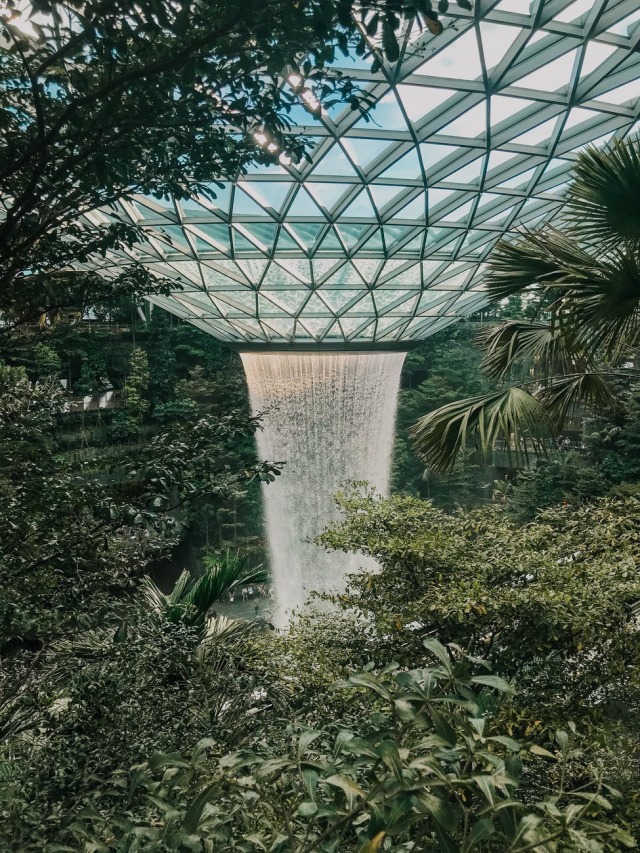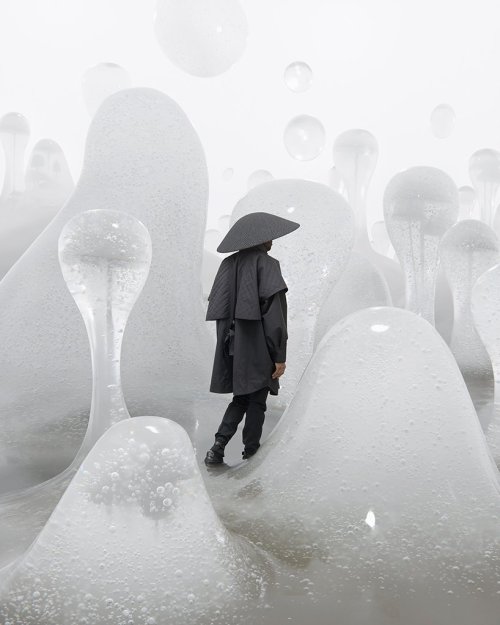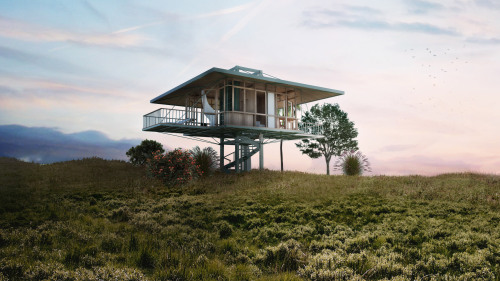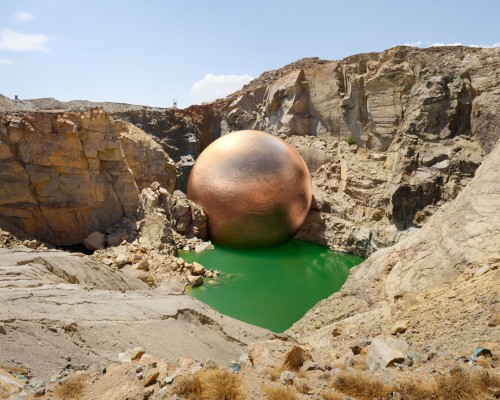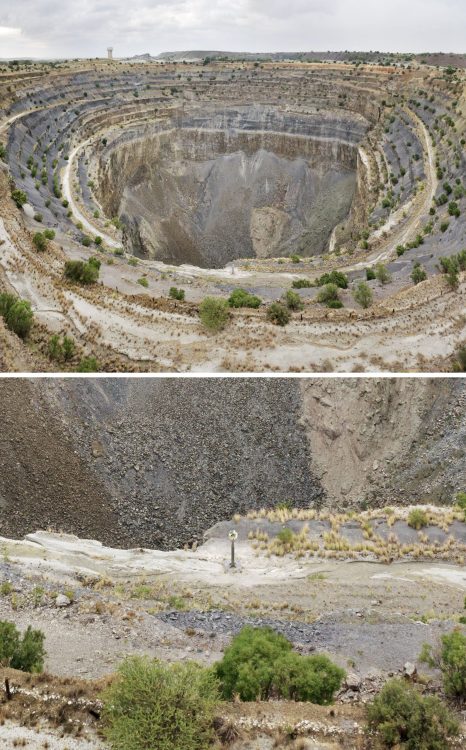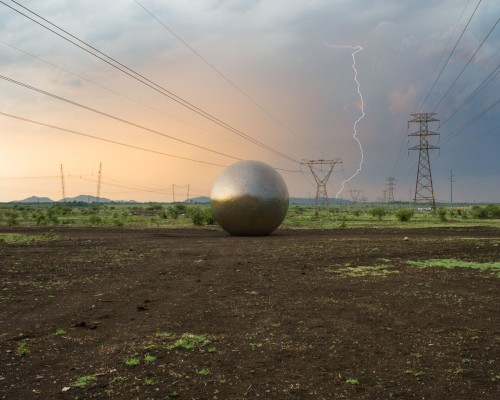#circular economy
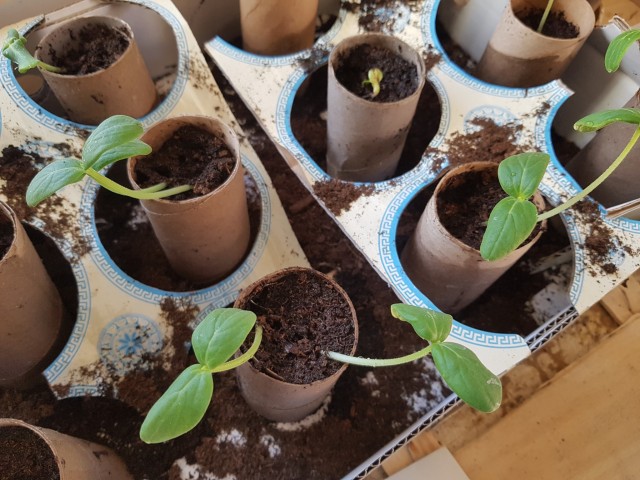
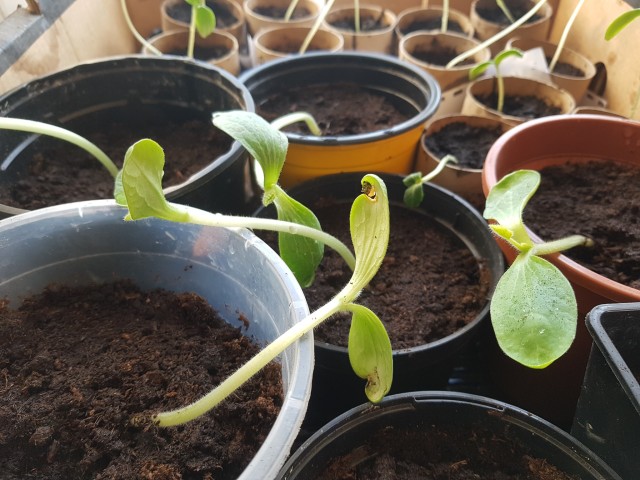


Reusing paper and plastic Seedlings
February decluttering sum up
- Clothes - 19 donated; 5 thrown away
- Underwear - 4 thrown away; 1 donated
- Expired food - 5 thrown away
- Boots - 2 sold; 1 gave away
- Board game - 1 sold
- Toys - 14 donated
- Small towel - 1 donated
- Innersoles - 1 thrown away
- Pillowcase - 1 donated
- Handkerchiefs - 4 donated
- Cosmetics - 4 gave away; 2 thrown away
- Some photos - thrown away
- Necklace - 1 gave away
- Broken brush - 1 thrown away
- Pills organiser - 1 thrown away
- I have also lost my scarf… let me count it as one thing :D
Today I checked my water footprint. And the result wasn’t very satisfying. I was counting myself, my mother and my father since we live in one house.

As you can see the standard is for US, and we are European, it doesn’t change a lot, but in the calculator you have to pick a state in US.
My favorite tips for saving water are:
- use only as much water as you need
- no needlessly running faucet
- repair leaky pipes
- brushing teeth and shaving with the tap turn off (how can it be otherwise?)
- eat more veggies
- cook with no more water than it is needed
- wash fruit and vegetables in a bowl
- make for own dog food
- reducing consumption of some foods (mainly meat, alcohol, junk food, animal products…)
- minimalism - reducing consumption of items (e.g. clothing)
- shower with a bucket to collect greywater
- shorter showers
- don’t flush things in toilets! (even things like tissues and paper towels are really troubling)
- wash clothes less
- use washing machine only if it’s full but don’t overload it
- buy second hand clothing and technological products
- repair broken things if possible
- upcycle instead of buying new
- mow your lawn less
- plant trees
- use self-service car washes
- save energy
- drive less
- think before you buy
- don’t throw out things in good conditions - donate, give away, sell
- use less disposable items
- drink tap water if you can
- recycle
Remember the water is used where we can’t see it. Especially in production of food as:
- Chocolate – 17,196 litres per 1kg
- Beef Meat- 15,415 litres per 1kg
- Sheep Meat – 10,412 litres per 1kg
- Pork Meat – 5988 litres per 1kg
- Butter – 5553 litres per 1kg
- Chicken Meat – 4325 litres per 1kg
- Cheese – 3178 litres per 1kg
- Olives – 3025 litres per 1kg
- Paddy Rice – 2497 litres per 1kg
- Pasta – 1849 litres per 1kg
- Bread – 1608 litres per 1kg
- Pizza – 1239 litres per 1kg
- Apple – 822 litres per 1kg
- Banana – 790 litres per 1kg
- Potatoes – 287 litres per 1kg
- Milk – 255 litres per 250ml glass
- Cabbage & Lettuce – 237 litres per 1kg
- Tomato – 214 litres per 1kg
- Egg – 196 litres per one 60 gram egg
- Wine – 109 litres per 250ml glass
- Beer – 74 litres per 250ml glass
- Tea – 27 litres per 250ml cup
So many things I love to eat! Mostly chocolate, bananas, pasta, tomatoes and eggs :D
If you have a chance to grow some of the plants, do it! Tomatoes, cabbages, lettuces can be easily grown even in flats ;) I saw some materials on the internet proving it. For example here is a TED about it.
Bread, pasta and pizza also can be made at home but remember you still need products to make it.
And production of items as:
- Car from 13,737 to 21,926 gallons
- Leather Shoes - 3,626 gallons
- Smart phone (mobile) - 3,190 gallons
- Bed Sheet (cotton) - 2,839 gallons
- Cotton – 2495 litres per 250g
- Jeans (cotton) - 2,108 gallons
- T-shirt (cotton) - 659 gallons
In that case it is an indisputable argument for buying the things second hand, taking care of them, repairing and making sure they will last you for many years. Okay, maybe if it comes to bed sheets we don’t really want to buy it second hand, but that bought this way are usually in very good condition, furthermore you can find unused bed sheets in second hand shops or in an online auctions ;) I buy pre-owned bedding if you want to know ;)
And let’s be honest the top 3 things are very expensive so not many people can afford it new ;)
Check your water footprint! The site is safe and you can find some more tips ;)
The climate change is real so let’s slow it down. Let’s fight it. All of us have so much to change in our lifestyles and our actions matter!
“Akvavit”
‘Norwegian Rain’ have designed a new collection where raincoats become a living breathing part of the ecosystem rather than acting as an impenetrable plastic layer. instead of constantly fighting the moisture, the relationship is a symbiotic one where the fabrics are made of waste, meaning they are a part of the circular economy.
images by: KVANT-1,
Garments and Styling: Norwegian Rain (Featuring Gdansk Unisex),
Traveller: Paul Marcel M.
Post link
Bali-based architect Alexis Dornier has developed a concept for prefabricated homes that could easily be taken apart and reassembled in a new location.
Post link
“For What It’s Worth”
When Cape Town-based photographer Dillon Marsh learned about the commercial copper mines near Springbok, South Africa, he decided to document the remains of the excavation sites.
“The first of these mines was established in 1852, and back then the digging was done by hand. The extracted copper ore was then transported by ox wagons to the coast 140 kilometers away, and from there, it was shipped to England to be processed,” he tells Colossal.
This curiosity sparked his CGI series titled “For What It’s Worth”, which positions metallic orbs representative of the amount of material extracted within the original mines. The striking juxtapositions are profound visual indictments of how uncovering and selling precious metals like copper, gold, and platinum and stones like diamonds have consistently been prioritized over the health of the land. “My feelings have consistently and rapidly fluctuated between a sense of awe for what was gained and a sense of sadness for what it cost,” Marsh shares.
Framing many of the locations as scars in the earth, the images show 4.1 million tons of copper semi-buried in the steep gash of the Palabora Mine and 335 million troy ounces resting on the now-converted Free State Gold Field. The 7.6 million carats of diamonds pulled from Koffiefontein is so minuscule in comparison to the gaping hole required to obtain it that it’s barely visible without magnification.
Dillon Marshall photography
Post link
What’s Old is New Again - Deconstruction
Are trees on buildings the #solarpunk equivalent of #steampunk’s oft-maligned, “just stick some gears on it?” For an actual #regenerative #future, we’ll need to #reuse #materials more effectively. #cradle2cradle #circulareconomy #deconstruction
Photo by Tiff Ng on Pexels.com
I recently saw several complaints about the preponderance of tree-stuffed glass towers or eco-brutalist structures in solarpunk art. Are trees on buildings the solarpunk equivalent of steampunk’s oft-maligned, “just stick some gears on it?” For an actual regenerative future, we’ll need to keep our buildings in use longer and reuse the materials from them more…
